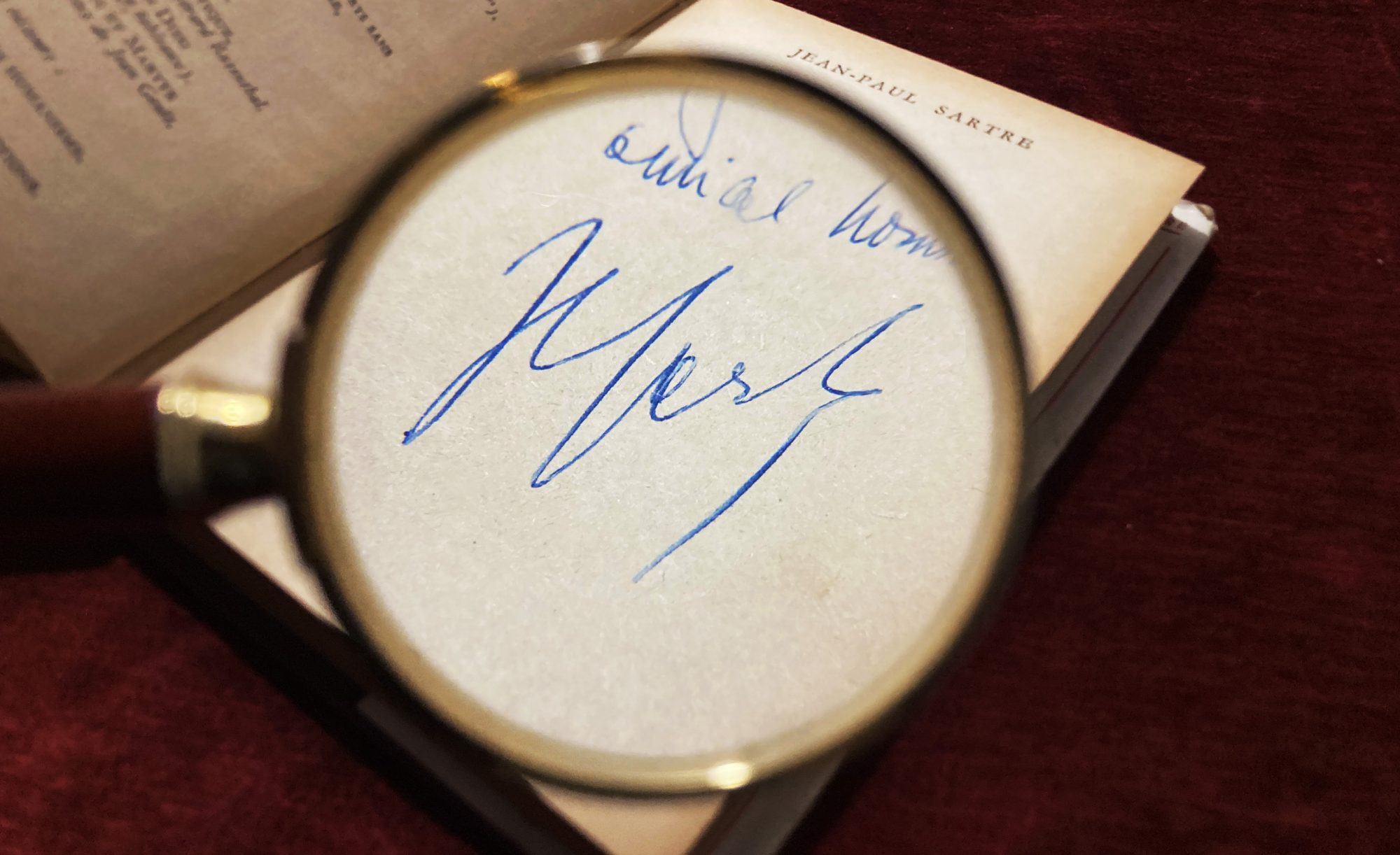
Blog
Press Photos – Collecting pieces of history

Vintage press photos as collectibles
Does collecting vintage press photographs interest you? If the answer is yes, you should know a few basic things that can help you out. Why should you collect vintage press photos? Well, first of all, original prints by photography legends can cost you thousands of dollars. So, vintage press photos cost a lot less. Still, the same renowned photographers made these photos.

Open this gate, Mr. Gorbachov! President Reagan’s appeal to Mr. Gorbachov to demolish the wall in Berlin. Image from 1979.
Photojournalism
Photographers made the most famous press photos during the golden age of photojournalism. The golden age started in the 1930’s. It lasted all up until the 1970s when it suffered a great decline. Why? Simply because the magazines couldn’t cope with the competition in advertising. In that period many prolific photojournalists documented the Great Depression, WWII, the war in Vietnam, and other important historical events. Photojournalists also documented diplomatic, sports, and cultural events.
Every photo captures a special moment. That could be a horrific image of war, an expression of a particular emotion, a portrait or another specific moment.
The photographers
Some of the most famous photojournalists are Henri Cartier-Bresson, Robert Capa, Nick Ut, and others. Often the best photographers of the events were their participants. For example, soldier Tony Vaccaro is still known as one of the most eminent WWII photographers.

Tony Vaccaro – The Kiss of Liberation
Collecting photographs can be a voyage of discovery. Just like with books, you probably shouldn’t collect photographs for financial gain. Collect because you love history or imagery. Collect because you want to cherish the captured moment. Or because you like the particular type of camera or work of a particular photographer.

Dorothea Lange’s Migrant Mother, 1936. In this work, the author produced a seminal image of the Great Depression.
Five key factors to determine press photo quality
Even if financial gain isn’t a priority, some press photos can be valuable. The price of the press photo depends on several factors that you need to consider:
Condition: As for all the collectibles, condition is the most important factor for photographs. You should avoid any creases or handling.
Authenticity: When it comes to press photos, you should know that most of the information is on the back of the photo. There you can see the date when the image was printed, the name of the photographer, and the description of the taken image. You can also look for the stamp of a photo agency.
Reputation of the photographer: Has their work been converted into a book or displayed in an art gallery? If it was, that would surely kick up the price of the item.
The reputation of the subject: If it’s a human subject, you should ask the following questions: Were they famous? Did they sign it? If the subject is a particular event, you should find out more about the cultural and social context.
Social impact of a particular image: Do not let the fact that this factor is the last one listed fool you. When it comes to press photos, this may be the deciding factor. Think of Robert Capa’s famous image of the soldier being shot in the Spanish Civil War. Or Nick Ut’s shot of the naked girl and horrified Vietnamese children after the napalm attack.

The Terror of War by Nick Ut/The Associated Press. Phan Thi Kim Phuc (the naked girl in the middle) is running down the road after the napalm bomb hits her village. She survived by tearing off her burning clothes.
Anyhow, if you are a lover of history and photography, vintage press photos could be a very interesting field for you to explore. I hope that this advice was helpful to you. Stay tuned for more articles.













